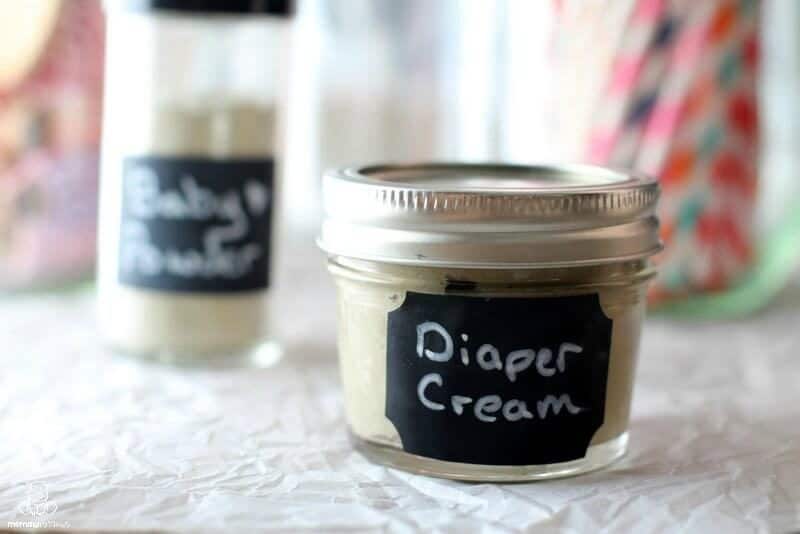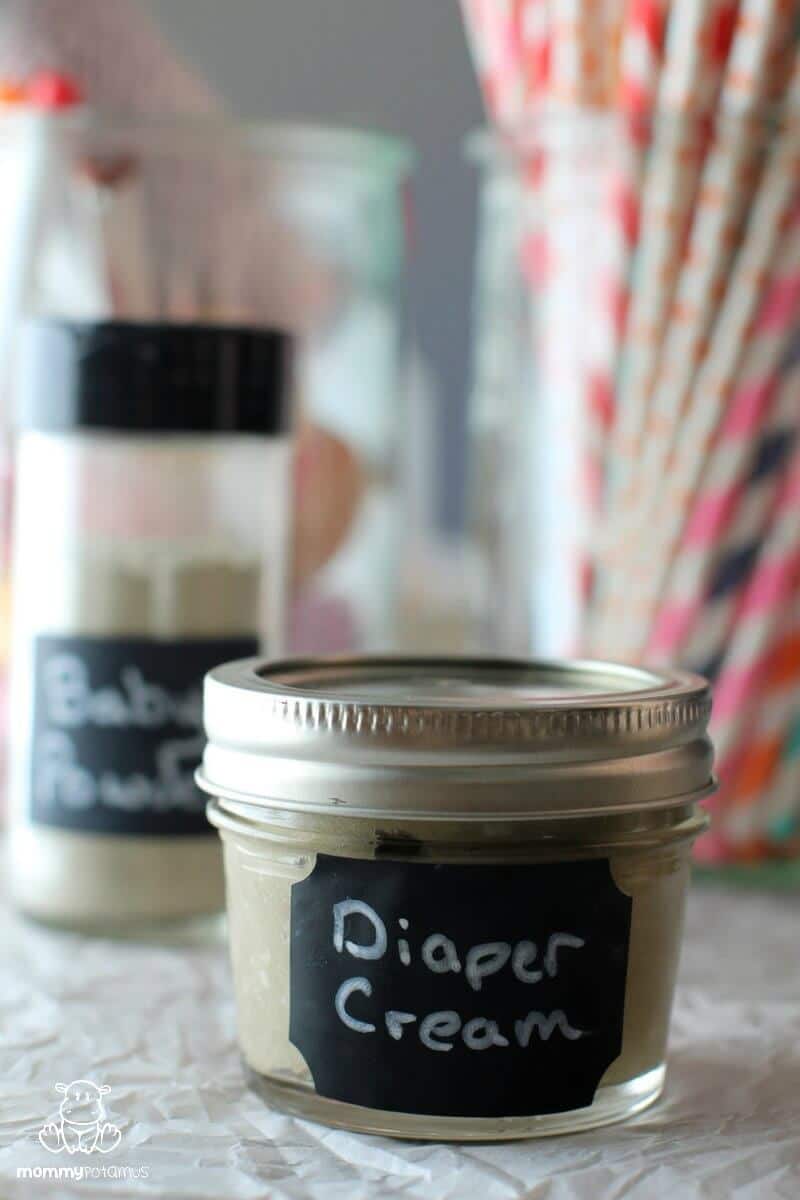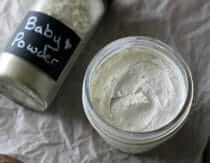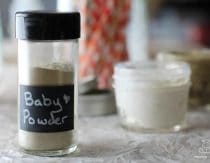
Oops. I didn’t think anyone would notice when I quietly removed my diaper rash cream recipe from this diaper rash treatment post. My goal was to troubleshoot an issue some of y’all were having and replace it before anyone was the wiser, but within hours I started getting messages about it.
“Your Clay Bottom Balm recipe has changed, what happened it was my favourite,” wrote Davina, adding that she had “started using it for all sorts of ‘itchy’ spots that my kids complain about and it works amazing. my son 1year old will bring me the jar, before he brings me his diaper. and both daughters ask for it (I think the 4 year old invents itchy spots so she can put some on)”
Mary Lou added that she loved it as well, and that was all the motivation I needed to put reworking this recipe at the top of my to-do list. It was a simple fix, really, and I’m thrilled to share it with you . . . again. 🙂
Why Clay?
Clay has long been prized for its healing and detoxifying properties, and studies are now confirming the wisdom of its use for soothing tummy aches, baby bottoms, and other concerns. According to this study, babies whose diaper rash was treated with hydrated bentonite clay improved seven times faster within six hours of application than those who were treated with calendula cream. In addition, “complete healing in the first 3 days was more than five times in the SC [bentonite clay] group.”
Interestingly, in this study calendula cream improved diaper rash symptoms more quickly than an aloe vera preparation, so it does appear to help, just not as quickly as bentonite. If you have some homemade calendula salve on hand, you can use it instead of the recipe below along with my homemade clay baby powder and get the benefits of both calendula and clay. Like with most natural remedies, there are lots of ways to accomplish what’s needed with what you happen to have on hand.
Using Essential Oils With Children Under Two
As I mentioned in Safe Essential Oils For Babies And Children, I personally would not apply essential oils topically to a child under three months old, and I only consider topical application for children under two when there is a true reason (as opposed to routine application).
According to Robert Tisserand, who co-authored Essential Oil Safety:
Great caution is necessary for infants. Since neonatal skin does not mature until three months of age, it is more sensitive and more permeable to essential oils. A newborn is also less equipped to deal with any adverse effect than an adult because of a lower metabolic capacity, i.e., enzymes present in lower concentrations. These cautions apply even more to premature babies, and here it would be prudent to avoid use of all essential oils.”
In the recipe below, I’ve diluted the essential oils to 0.25% – the recommended amount for children from 3-24 months. However, in some cases it may be appropriate to use the maximum amount recommended, which is 0.5% (double the number of drops). Or you can skip them completely – it’s up to you!

Homemade Diaper Rash Cream With Bentonite Clay
Ingredients
- 1/4 cup shea butter (I prefer to use raw organic shea because conventional shea may be extracted with harsh solvents such as hexane. Here’s where to buy it.)
- 1 tablespoon coconut oil (Virgin has demonstrated the strongest antimicrobial properties, but expeller-pressed will work fine as well. Here’s where to buy virgin coconut oil. Here’s where to buy expeller-pressed coconut oil.)
- 2 tablespoons bentonite clay (where to buy bentonite clay)
- 2 drops lavender essential oil, optional. Can substitute tea tree if yeast/bacteria is suspected.* (where to buy lavender essential oil, where to buy tea tree essential oil)
- 2 drops chamomile essential oil, optional. Can substitute tea tree if yeast/bacteria is suspected. (where to buy chamomile essential oil, where to buy tea tree essential oil)
To Make
Place all ingredients in a glass bowl and whip with a hand mixer until well combined. Store in a clean glass jar.
To Use
Apply with clean hands as needed. I usually sprinkle a little homemade baby powder over the area as well.
Shelf Life
Up to 1 year if kept in a tightly sealed container, though the therapeutic benefits of the essential oils will be most effective if used within 6 months.
* * Lavender and tea tree essential oils are sometimes said to mimic estrogen. However, Robert Tisserand disagrees, and according to three doctors representing Wake Forest, Yale and Harvard respectively, “Traditional use and clinical trials have not suggested estrogenic effects of tea tree or lavender oil, though estrogenic effects have been reported for other essential oils and plants.” You can read more about the original study and subsequent studies here.
Want more research-backed natural remedies?
No problem, I’ve created a free ebook for you – Kitchen Apothecary: 25+ Natural Remedies Using Ingredients From Your Pantry – as a gift for signing up for my newsletter. You’ll also get updates when I post about safe essential oils for pregnant/breastfeeding mamas, exclusive gifts and coupons (I was able to give away a jar of free coconut oil to anyone who wanted it recently!), plus other goodies.
Sign up using the form below.




